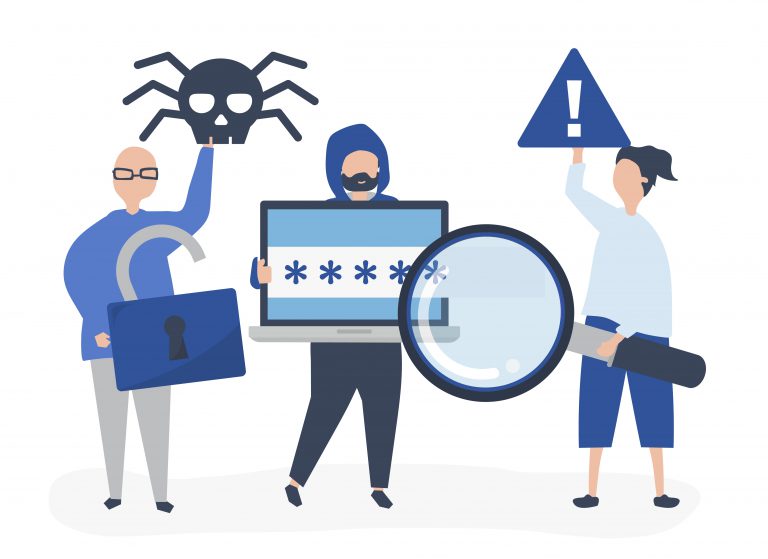
Key Security Functions of Unified Endpoint Management – Part 1
As part of digital transformation, the adoption of a wide range of devices for work is on the rise. A unified endpoint management (UEM) solution is capable of enforcing management policies and configurations, as well as securing endpoints.
Why is endpoint security essential in enterprises with multiple types of endpoints?
Most business applications have expanded to the cloud. Employees who use laptops, mobile devices, and other devices, need to access data from anywhere, including within the office, from a remote office, or when traveling. By empowering employees to work with their devices around the clock, this arouses the need for a strong security system.
The enterprise IT networks are varied and may contain a mix of Windows and macOS computers, as well as other platforms for mobile usage. Many enterprise networks also allow employees’ personal devices as per bring your own device (BYOD) policies. Additionally, enterprises need to manage the OS and third-party applications that employees use for work. An enhanced security helps prevent mishaps on any platform.
The organizations have to comply to several security compliance requirements that may include implementing patching standards, device restrictions, user-level role definitions, and controls for data security. The IT admins must take actions to reduce the risk of failing IT security audits.
How UEM helps secure your endpoints?
UEM solutions offer many security features, including capabilities related to client management, security configuration management and browser security.
Client Management
UEM provides protection from malware and ransomware. By ensuring patch compliance, UEM helps to keep Windows, macOS, and Linux applications up-to-date, as well as third-party applications. To prevent the potential vulnerabilities, UEM provides a proactive work-around such as tweaking firewall settings and reducing zero-day attacks using custom scripts. It helps the organizations to defend against cyber-threats, misconfigurations and vulnerabilities.
By enabling USB device security, the organization can control data being accessed by employees and prevent unexpected file corruption. Other than that, the company can restrict the software usage through the application of blacklisting and whitelisting. Moreover, the organizations are to install their antivirus solutions and keep the antivirus definition updated.

Security Configuration Management
UEM enables the organizations to define security configurations by issuing a password warning to prompt users to reset their password before it expires. The firewall configurations regulate open ports and unwanted traffic to defend against cyber criminals. Utilizing custom scripts and modifying registry key setting helps to prevent zero-day attacks and freshly exploited cyber attacks.
Browser Security
The browser add-on management is able to detect and remove potentially harmful extensions and plug-ins from the organization network. By restricting the access to websites or limiting downloads to trusted websites, the web filter protects the network from drive-by-attacks. The browser security configurations prevent the browsers from becoming gateways to cyberattacks. UEM also detects and remediates computers that are non-compliant with predefined security standards like CIS and STIG.
Sourced from here.
Related posts
Sorry, the comment form is closed at this time.




